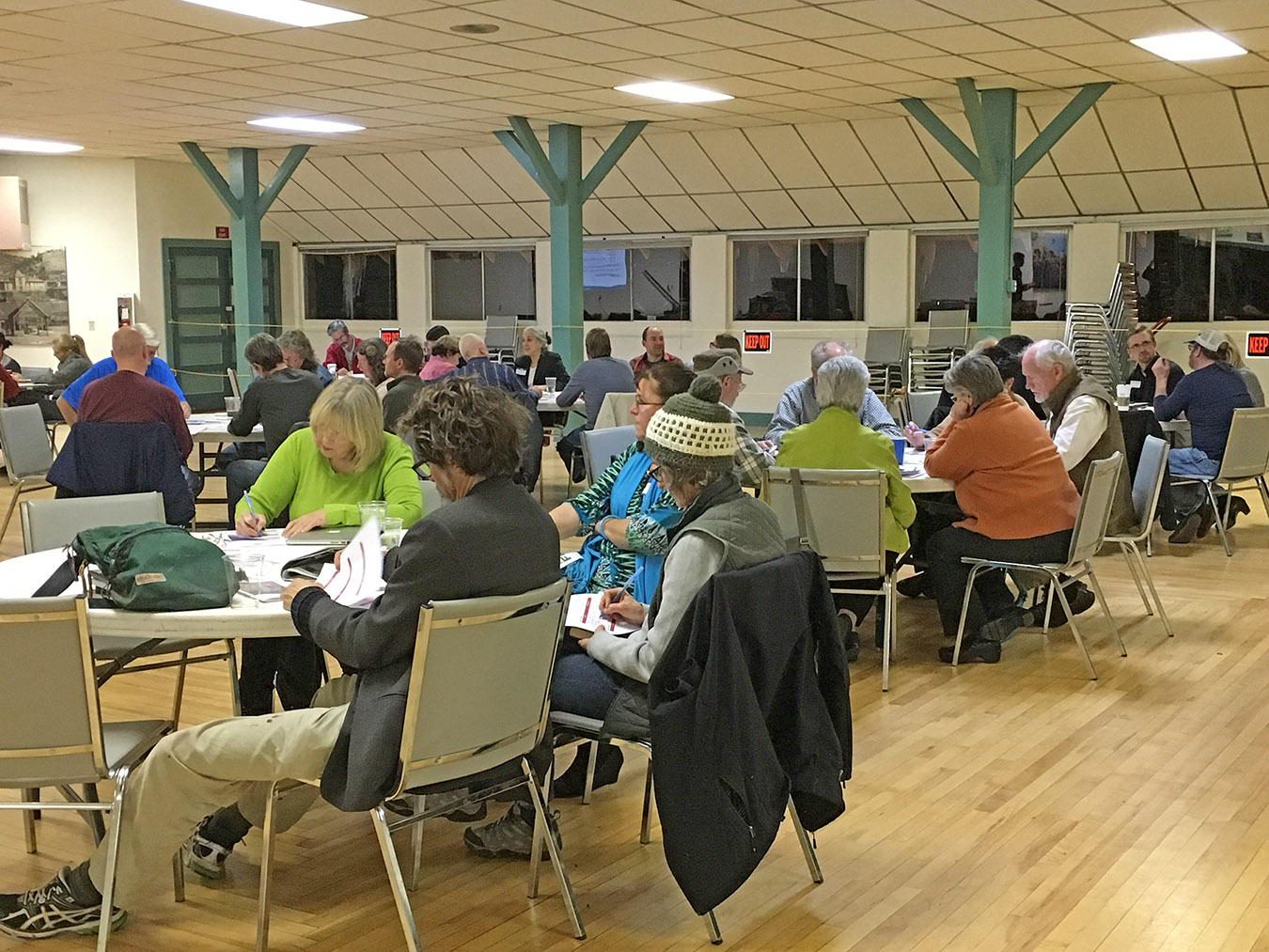Challenge
After a close call with the Waldo Canyon Fire in 2012 and subsequent flooding and debris flow in 2013, the City of Manitou Springs, Colorado realized that it needed to take a more proactive approach to preserve its historic structures and unique natural assets.
This small community relies heavily on year-round tourism, but its location and environmental conditions make it vulnerable to natural hazards. These include steep topography, loose soils, multiple creeks and natural drainage channels, and proximity to forested open space. While the community has faced hazards in the past and participates in countywide hazard mitigation planning, its fire, flooding, and debris flow events highlighted the need for a more comprehensive, locally scaled approach to hazard mitigation planning.
About the Plan
Jurisdiction: Manitou Springs, CO
Population: 5,346 (2018 estimate)
Plan Type: Single Jurisdiction
Approval Date: 7/19/2017
Expiration Date: 7/19/2022
Solution
After many areas of Manitou Springs were affected by the 2013 Presidentially declared disaster, community leaders determined that hazard mitigation should be an essential element in all future planning efforts. Through the Colorado Department of Local Affairs, the City applied for funding from the U.S. Department of Housing and Urban Development Community Development Block Grant Disaster Recovery. With these funds, it developed Plan Manitou, a master plan with an integrated hazard mitigation plan approved by the Federal Emergency Management Agency. The planning process included an extensive community outreach and engagement effort to build local buy-in for all aspects of the plan. Manitou Springs discussed mitigation at general community planning meetings, as well as at meetings focused specifically on hazard mitigation. Hazard mitigation topics became a part of community engagement meetings, surveys, collaborative mapping, “question of the week” email distributions, social media posts, and information tables at community events.
Mitigation policies and actions are incorporated throughout Plan Manitou, not just within the hazard mitigation section, in recognition of the fact that the need is interdisciplinary. The mitigation actions included specific implementation steps with the responsible agency and partners as well as timeframes and cost estimates. As a result from this detailed planning, most of the identified hazard mitigation actions in the plan are currently being implemented. Completed actions include new development and landscape standards to reduce hazards, updated geologic hazard mapping, guidance for property owners to reduce wildfire and flood risk, and a Community Wildfire Protection Plan.

Key Takeaways
By integrating two processes—comprehensive planning and natural hazard mitigation planning—community members could think more broadly about hazard risks and how they relate to the community’s well-being. Hazard mitigation is addressed in the community’s land use plans, capital infrastructure planning, emergency management, and natural resource protection plans. Subsequent outreach was well received, and staff and community members formed new partnerships. Key takeaways include:
- Over 480 individuals provided input at events, including 37 middle school students who presented posters at the final community meeting. The extensive engagement process raised awareness about the links between land use, economic development, natural resource protection, and hazard risk.
- Plan goals and policies for reducing and mitigating natural hazard risks are clearly referenced throughout Plan Manitou, in both the master plan and hazard mitigation plan sections. This built a foundation for making hazard mitigation and resilience an integral part of decisions on land use, development, and other community issues.
- Targeted outreach ensured community buy-in and set the stage for plan implementation. The outreach efforts included citizen surveys, local business surveys, middle school programs, church participation, and collaboration between working groups. Staff attended a wide range of community events, such as senior lunches, farmers’ markets, outdoor concerts, and ice cream socials, to encompass a wide range of demographic groups.
- The planning team is committed to long-term community engagement and plan integration to maintain momentum. Planning team members continually think about how to create messaging to support this large-scale effort. Senior Planner Karen Berchtold described the ongoing efforts: “Naturally, as time passes, people can become complacent about natural hazard risk. Ongoing community engagement efforts are needed to help keep risk reduction a community priority. There is a continuing need to engage and train elected officials, staff, board and commission members, and residents and other stakeholders on the relevance of Plan Manitou.”


